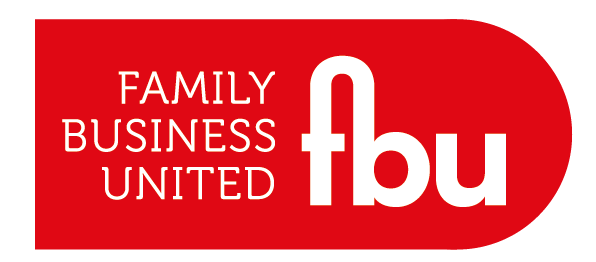A Practical Guide To Succession Planning In Family Business
- Paul Andrews - Founder & CEO, Family Business United

- May 7
- 3 min read
Updated: Aug 12

Succession planning is often one of the most delicate and decisive phases in the life of a family business. While many enterprises thrive on the strength of their traditions, they can falter without a clear roadmap for leadership transition. A robust succession plan ensures not only continuity of operations but also the preservation of values, identity, and vision across generations.
Too often, families delay these conversations, either out of discomfort or optimism that “there’s still time.” However, succession is not a single event—it’s a process. One that demands foresight, honesty, and strategic thinking.
So, what are the essential steps in crafting a successful succession plan?
1. Start Early
The most effective succession plans are those that begin well before they are needed. Ideally, discussions should start at least five to ten years before the current leader intends to step back. Early planning allows time for thoughtful decision-making, development of future leaders, and smooth transitions.
2. Clarify the Vision and Objectives
Before identifying successors, the family must agree on the long-term vision of the business. Is the goal to remain family-owned? Will the business expand or consolidate? Is professionalisation part of the plan?
This step involves setting clear objectives—not just for who takes over, but for what kind of future the family envisions for the enterprise.
3. Identify and Assess Potential Successors
Whether from within the family or externally, potential successors should be assessed based on competence, commitment, and cultural fit. It’s important to distinguish between entitlement and merit. Many families establish criteria for leadership roles, including education, experience, and performance.
This stage may involve formal evaluations, mentoring programmes, or roles designed to test a successor’s readiness and suitability.
4. Develop a Leadership Development Plan
Once successors are identified, structured development becomes crucial. This may include leadership training, secondments to other businesses, or taking on increasing responsibility within the company.
The aim is to prepare the individual not only to manage but to lead, ensuring they understand both the operational and emotional dimensions of the role.
5. Establish Governance Structures
Good governance underpins successful succession. This may involve forming a family council, creating a board of directors (including non-family members), or drafting a family constitution.
Such frameworks help manage conflict, define roles, and ensure that business decisions are based on strategy, not sentiment.
6. Communicate Transparently
Transparency is critical—both within the family and across the organisation. Uncertainty breeds anxiety, and silence can lead to speculation or division. Regular communication about the succession process builds trust, clarifies expectations, and allows for feedback from key stakeholders.
7. Plan the Handover in Phases
Succession is rarely a handover of keys on a Friday afternoon. Phased transitions—such as shared leadership roles, gradual reduction in responsibilities, or advisory positions—can help the outgoing leader ease into retirement while the successor gains confidence and authority.
This approach also enables knowledge transfer and protects the business from disruption.
8. Legal and Financial Planning
No succession plan is complete without addressing legal and financial implications. This includes updating wills, shareholder agreements, tax planning, and transfer of ownership. Engaging solicitors and accountants with experience in family business is essential to ensure compliance and avoid costly pitfalls.
9. Review and Adapt
Succession planning is not a one-off task. Plans should be reviewed regularly and adapted to reflect changes in the family, business, or market conditions. Flexibility ensures that the process remains relevant and effective.
10. Preserve the Legacy
Finally, succession is not only about leadership. It’s about stewardship. Beyond roles and shares, families must pass down the values, vision, and culture that define the business. Rituals, storytelling, and documented histories all play a part in safeguarding the intangible assets of legacy.
Closing Thoughts
A well-executed succession plan is an act of leadership in itself. It requires courage to step aside, wisdom to prepare others, and humility to share power. In doing so, founders not only secure the future of the business—they honour its past.
For family businesses, where personal ties and professional goals are so deeply entwined, succession planning is both a strategic imperative and a personal journey. The earlier it begins, the stronger the path forward becomes.








%20copy%20(4)%20copy%20(1)%20copy%20copy%20(1)%20copy%20(1)-Medium-Quality.jpg)



.png)
























